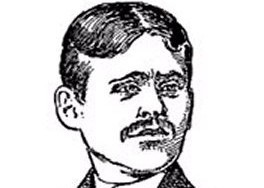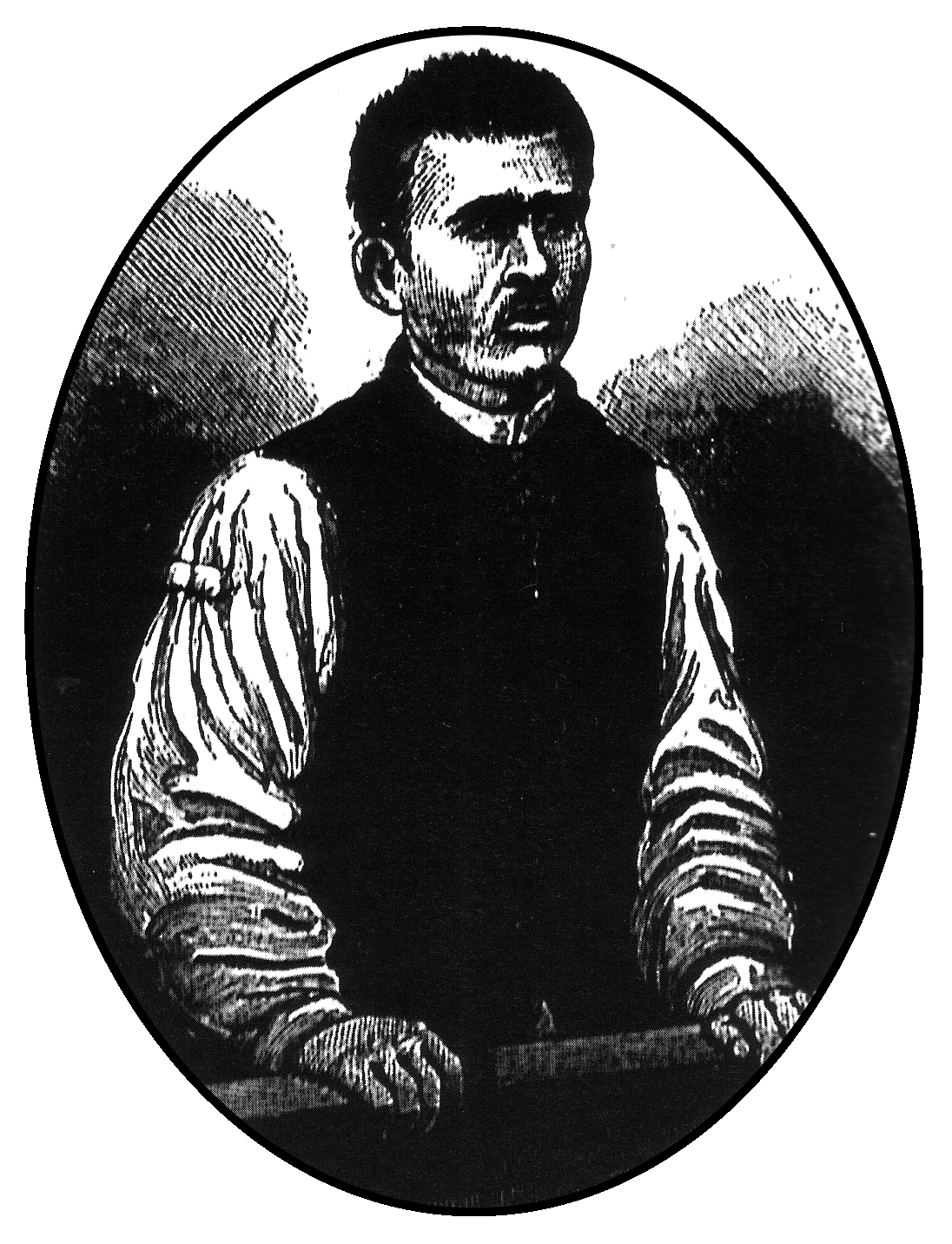Lipski worked as an umbrella stick
salesman, employing Harry Schmuss and Henry Rosenbloom.
The series of events leading up to
his execution began on June 28, 1887 when police were
summoned to 16 Batty Street; a young woman, Miriam Angel,
had been murdered after being forced to consume nitric
acid. She was 6 months pregnant at the time. The Coroner
at her inquest was Wynne Edwin Baxter.
Lipski was found underneath her bed,
with acid burns inside his own mouth, and was
subsequently arrested. Lipski protested his innocence,
claiming that Schmuss and Rosenbloom were responsible,
but he was charged with murder.
The ensuing trial created a storm of
controversy, with suggestions that the trial was
tarnished by institutionalised anti-Semitism. Home
Secretary Henry Matthews was personally opposed to
capital punishment, but showed apathy towards Lipski's
plight. On August 21, 1887 Lipski was hung in the yard
of Newgate Prison.
Connection to the Jack the Ripper case
Israel Schwartz, a man of "Jewish
appearance", reported witnessing an woman being
assaulted on Berner Street in the early morning of
September 30, 1888. When the unknwon man shouted out "Lipski"
to either Schwartz or another man, Schwartz fled. He
later identified the woman as Elizabeth Stride, who is
thought to have been murdered by Jack the Ripper around
that time or shortly after.
Police originally investigated
whether there was someone in the neighborhood by the
name of Lipski. The murder of Miriam Angel had happened
the year before only one street away on the same block.
Police eventually decided that the term was being used
as an ethnic slur against Jews, although there were
several Lipskis living in the area.
Wikipedia.org



